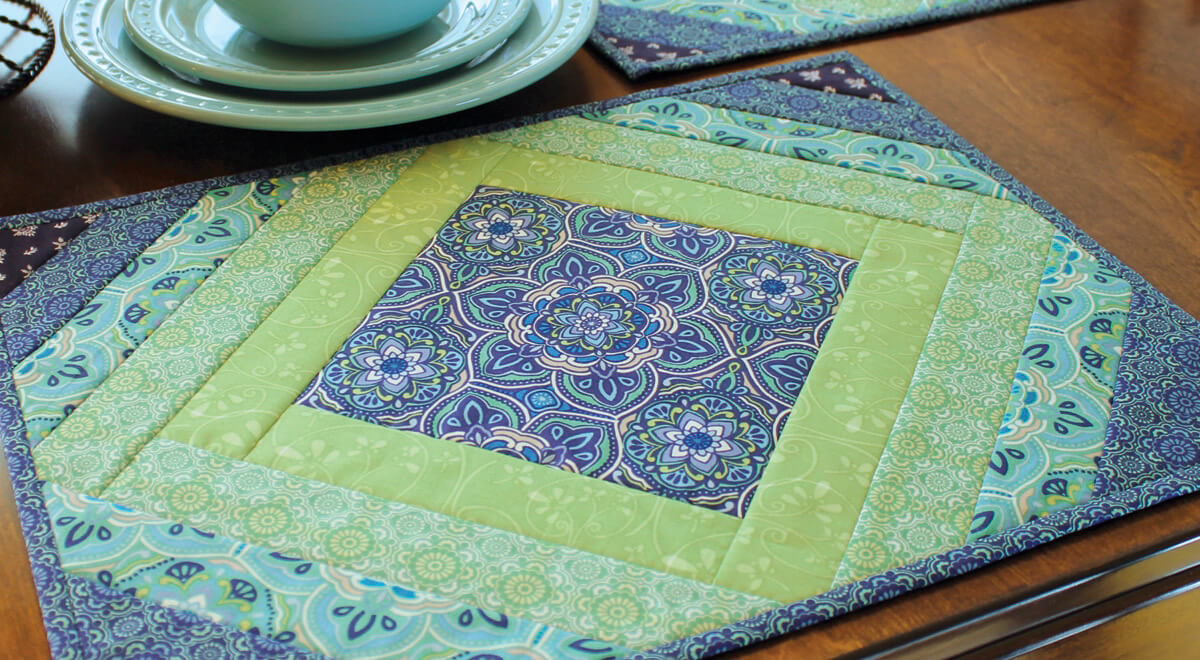Not known Facts About Unique Art
Table of ContentsUnique Art Can Be Fun For EveryoneThe Facts About Unique Art UncoveredUnique Art - An OverviewThe smart Trick of Unique Art That Nobody is Talking About
While one might debate which art type holds precedence, the reality remains that each of these 7 kinds offers an one-of-a-kind window right into human background, culture, and development. They are the tapestries that chronicle our trip, advising us of our past while motivating visions for the future.Excellent art work tells a story, makes individuals look twice, and develops an unique experience that can't be matched. Art and illustrations interact every one of that with shade, shape and various other layout components. Learn just how to make your distinct artwork stick out from the group.
3 Emil DervishIn this entrance by Emil Dervish that lovely cobalt blue door steals the program. To bring also more drama, he prolonged the paint. to the doorframe and the wall up, completing in an arched form. The contours, along with a spherical sconce, soften the edges - Unique Art. Frames classic posters and maps of precious locations established the scene.
8 TRIA GIOVANEqual parts grand and laidback, this foyer made by Anthony Baratta is the best plan to adhere to if you're enhancing an official entryway that still feels unfussy and comfortable. Formed fabrics take center stage (see the carpets and the couch), however they also help bring the high ceilings to a human range when hung over wallpaper.
The Ultimate Guide To Unique Art
18 Heidi Caillier DesignA gallery wall surface does not need to occupy the entire area. Actually, occasionally a little one can make a larger design declaration. In this living space, Hiedi Caillier decided for micro-mini frameworks and an arbitrary composition. Ad - Continue Analysis Below19 Stephen Kent JohnsonDesigner Juan Carretero selected a deep green paint color to contrast with the light timber finishes.
, the expression of concepts and emotions, with the development of certain visual qualities, in a two-dimensional aesthetic language. The elements of this languageits forms, lines, colours, tones, and texturesare utilized in numerous ways to generate feelings of quantity, area, activity, and light on a flat surface. These components are combined right into meaningful patterns in order to represent genuine or supernatural phenomena, to analyze a narrative theme, or to create completely abstract aesthetic partnerships.
Later the concept of the "fine artist" developed in Asia and Renaissance Europe. Prominent painters were managed the social status of scholars and courtiers; they authorized their work, decided its design and often its subject and imagery, and established a much more personalif not constantly amicablerelationship with their clients. During the 19th Look At This century painters in Western societies began to lose their social setting and protected patronage.
The Unique Art Diaries
Others made an income with touring exhibitions of their work. The requirement to appeal to an industry had replaced the similar (if much less impersonal) demands of patronage, and its impact on the art itself was probably similar. Typically, musicians in the 20th century can reach a target market only with industrial galleries go to these guys and public galleries, although their job might have been sometimes recreated in art regulars
For the history of painting in old Egypt, see Egyptian art and design. The growth of paint in different areas is treated in a number of posts: Western painting; African art; Main Oriental arts; Chinese paint; Islamic arts; Japanese art; Korean art; Native American art; Oceanic art and architecture; South Asian arts; Southeast Asian arts. For a conversation of the bogus of masterpieces, see forgery. For a conversation of the duty of paint and other arts in religion, in addition to of making use of spiritual symbols in art, see spiritual importance and iconography. For details on other arts connected to paint, see write-ups such as drawing; people art; printmaking. It is the feeling of certainty in this formal company that gives a great paint its self-sufficiency and presence. The colours and positioning of the major pictures in a layout may be sometimes largely chosen by representational and symbolic considerations. Yet it is the formal that site interaction of colours and shapes that alone is capable of connecting a certain mood, creating optical experiences of room, quantity, activity, and light and creating pressures of both harmony and stress, even when a paint's narrative symbolism is rare.
Do not copy the style of other artists if you're searching for your style. Duplicating other people's artwork can be terrific in educational objectives however it will not make you closer to finding your very own distinct design. Your creative style needs to be, what you such as and what influences you.

Some Known Details About Unique Art
You need to try great deals of various options and explore whatever prior to you can concentrate on one particular style or you'll be bored, or worse, you'll despise your own style. I recommend you to attempt every solitary topic that you're interested in, explore as much as you can. Try various mediums that thrill you and new methods you've never attempted before.
With time you'll have the ability to sort all of them into your preferred and least preferred groups. Attempt to focus your attention on the subjects and tools that you like and before you see it coming you'll have your own individual and one-of-a-kind style, like nobody else have! In the end you'll have a couple of favored subjects to repaint and perhaps a couple of favored mediums.
